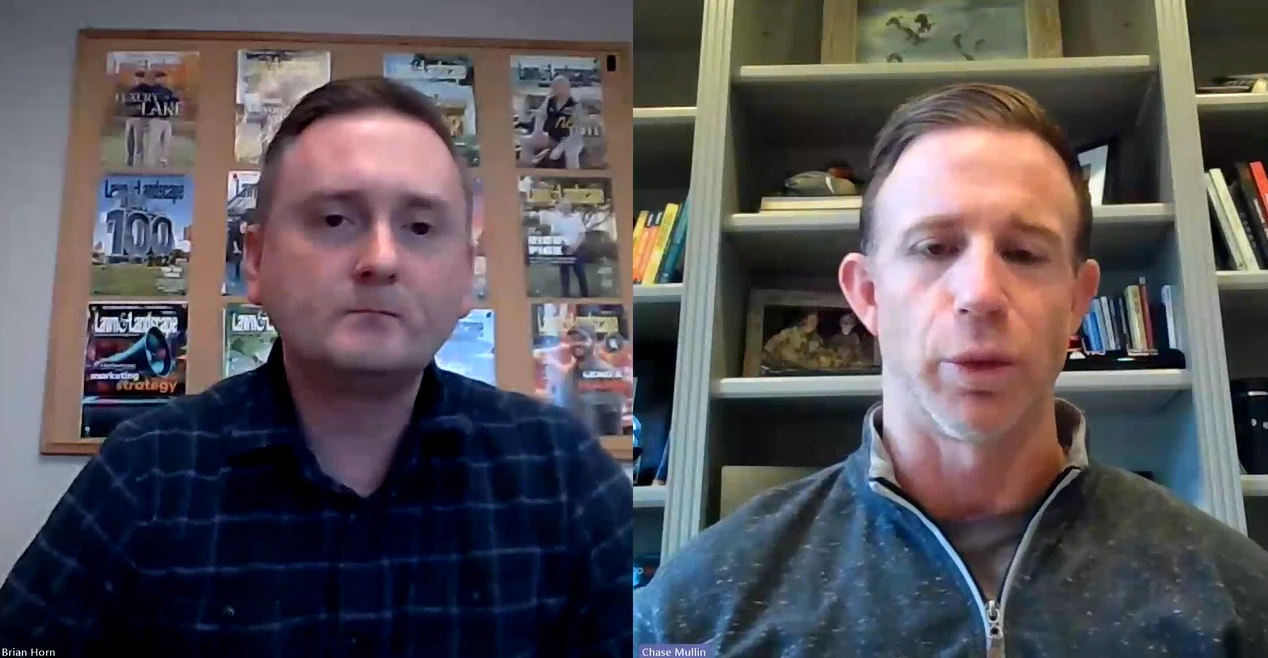| For More Information ... |
PBI/Gordon Corp. has asked that any superintendent or LCO that has applied Bensumec™ 4 LF since August 1, or has any of the product on hand, to call Gary Custis at 800/821-7925 (or 800/471-3677). For more information about PBI-Gordon’s Bensumec 4 LF preemergent herbicide, click the following links: |
KANSAS CITY, Mo. - Following reports of yellowing on golf course greens and even some damage after application, PBI/Gordon Corp. has asked users of the company’s preemergent herbicide Bensumec™ 4 LF to discontinue all uses of the product until further notice.
Announced Sept. 10, the company said it received reports from several golf courses that have experienced yellowing on greens following application of a particular lot (number 1286) of Bensumec 4LF. PBI/Gordon has asked golf course superintendents and lawn care operators (LCOs) to not apply any of the product, regardless of the lot number. A complete product recall of the Bensumec 4LF is expected to be announced soon.
PRODUCT RECALL ANTICIPATED. "We’re in the process of issuing a recall for all product in the field, not just that lot number," expressed Bill Brocker, PBI/Gordon vice president of marketing.
"At this point in time, the plan is to recall all product from the field and resupply with newly packaged product," Brocker continued, explaining that a new label design with different colors and backgrounds will be included on fresh product to easily differentiate between new and old packages of Bensumec 4LF. "That way it takes away a lot of the guesswork … so there should not be any confusion between newer product and product that has been in the field."
Bensumec 4LF is a preemergent grass and weed herbicide used for the control of annual grass, including goosegrass, crabgrass and poa annua, as well as broadleaf weeds in greens, tees and fairways. Although targeted to golf course superintendents, some LCOs use the product on turf areas they maintain. A sprayable formulation of bensulide, Bensumec 4LF is registered for use in established bentgrass, bluegrass, fescue, perennial ryegrass, bermudagrass, zoysiagrass, bahiagrass, centipedegrass and St. Augustinegrass.
Brocker said the company has checked many batches of the product and has only found problems in the one particular lot. However, he noted that the company is not taking any chances with having only users of lot 1286 of Bensumec 4 LF discontinue use, especially because it may be easy to miss the product lot number on the bottle. "We prefer that people just stop using the product," explained Brocker.
CONTAMINATION PROBLEM. "There was a small amount of both phenoxy and dicamba in the product," said Brocker, explaining that under most conditions those herbicide ingredients would not cause a problem to turfgrass. However, during late summer and early fall, golf course superintendents apply Bensumec 4LF specifically for poa annua control on greens that are coming out of summer stress.
The greens are stressed at this time of year because of wear, extended summer heat and close mowing. Combine the stresses with an unplanned addition of phenoxy and dicamba, and the recipe exists for yellowing and damage to those greens, according to Brocker. "Under certain conditions at certain times of the year, superintendents will make herbicide applications to their greens of which they would probably include dicambas and phenoxies as part of the herbicide," Brocker noted. "So those things can be safely used on turf, but no golf course superintendent would do a postemergent herbicide application during a real high-stress period."
PBI/Gordon is working on tracking the distribution of lot 1286 of Bensumec 4LF to directly reach users and potential users of the product to warn them about the contamination. Brocker explained that although distribution of the contaminated product is widespread, the incidence of problems is not high. "We haven’t received reports of damage for any other uses except golf course greens," Brocker also noted. "Our main goal is to keep people from using it so there aren’t any more problems with the product."
INJURY RECOVERY. PBI/Gordon has listed the following steps to injury recovery from application of the contaminated Bensumec:
- Apply activated charcoal (apply 7 pounds/1,000 square feet, or 300 pounds/acre) to the affected site.
- Apply sufficient water to wash the charcoal off the leaf surface into the soil.
- Apply PBI/Gordon’s Focus™ Biostimulant (8 ounces/1,000 square feet) to the injured turf.
- Seed can be put down 24 hours following the application of activated charcoal.
- If fertilizing injured turf, use light rates: 0.5 pounds of nitrogen or less to avoid additional stress on the turf.
- Irrigate with multiple light waterings to keep the soil around the seed moist, without saturating the soil.
- A second Focus Biostimulant application should be applied 14 days following the initial application.
Brocker noted that the longer a user lets an application of the product set in before attempting injury recover, the lesser the chance is of recovery.
The author is Internet Editor of Lawn & Landscape Online.
Latest from Lawn & Landscape
- Autonomowus Lawn Company adds robotic mowers to Genan tire recycling plant
- Visterra Landscape Group acquires Cleveland-based H&M Landscaping
- SiteOne names Carrothers VP of agronomic business development
- Batman and business
- Ever-changing landscape of SEO
- Fleetio acquires Auto Integrate, raises $450M in Series D funding
- Davey Tree expands in St. Paul, promotes Ostlie to district manager
- Schill Grounds Management taps 3 for senior leadership roles






